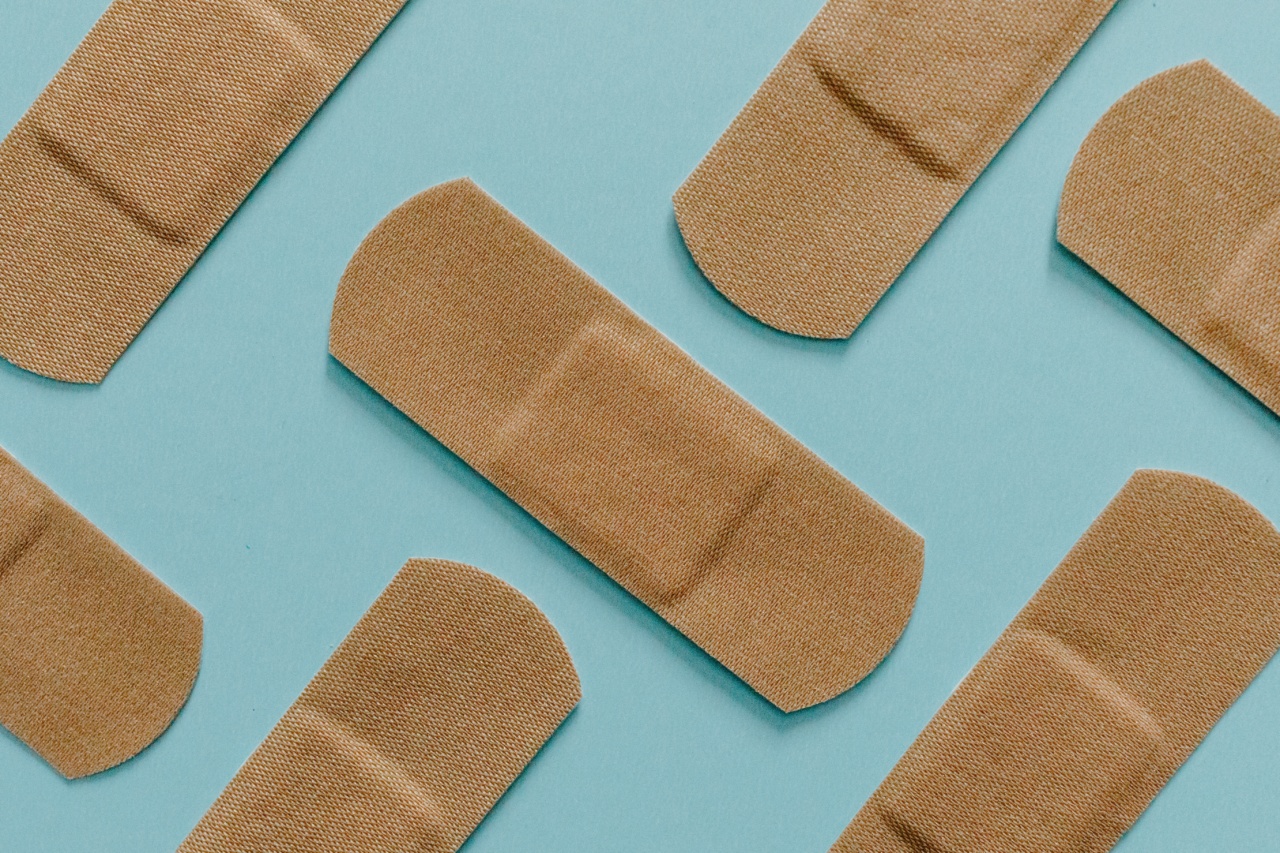Pain is an unpleasant experience that affects many people, and in some cases, it can be chronic and debilitating. There are various ways to manage pain, including pharmacologic and non-pharmacologic interventions.
Among the non-pharmacologic interventions, chromotherapy or color therapy has been proposed as a viable option. Chromotherapy is a complementary therapy that uses colors to influence the body’s energy and promote physical and emotional healing.
This article will examine the use of chromotherapy for analgesia, its effectiveness, and potential mechanisms of action.
The Theory behind Chromotherapy for Pain
The concept of color therapy is based on the belief that colors can influence the body’s energy centers or chakras. The chakras are believed to be spinning wheels of energy that correspond to different areas of the body.
Each chakra is associated with a specific color, and when a particular color is applied, it can help balance and harmonize the corresponding energy center. According to this theory, imbalance or blockage in the chakras can lead to physical and emotional symptoms, including pain.
In chromotherapy, colors are applied to the body in different ways, including through light, garments, or colored water. The aim is to restore balance and promote healing by influencing the body’s vibrations and energy centers.
Evidence for the Effectiveness of Chromotherapy for Pain
Although chromotherapy has been used for centuries, there is limited scientific evidence to support its effectiveness in pain management.
Most of the studies conducted so far have been small and of low quality, making it difficult to draw firm conclusions. However, some studies have suggested that chromotherapy may have beneficial effects in reducing pain and improving quality of life.
A 2017 randomized controlled trial involving 30 patients with chronic pain found that exposure to blue light for 30 minutes significantly reduced pain intensity and improved quality of sleep compared to red light exposure and a control group.
The study authors suggested that blue light may have an analgesic effect by modulating the activity of the pain processing pathways in the brain.
Another study published in the Journal of Back and Musculoskeletal Rehabilitation in 2019 investigated the effects of wearing yellow-green glasses on pain intensity and disability in patients with chronic low back pain.
The study involved 60 patients who were randomly assigned to either wear the glasses or a placebo pair for four weeks. The results showed that wearing the yellow-green glasses significantly reduced pain intensity and disability compared to the placebo group, suggesting a potential role of chromotherapy in pain management.
How Chromotherapy Works for Pain
The mechanisms of action underlying the effects of chromotherapy on pain are not fully understood. However, several theories have been proposed, including:.
Stimulation of the Nervous System
Colors are known to affect the nervous system, and different colors may have varying effects on pain processing.
For example, exposure to blue light has been shown to reduce pain by activating the parasympathetic nervous system, which promotes relaxation and reduces inflammation. On the other hand, red light exposure has been shown to increase pain thresholds by stimulating the release of natural opioids or endorphins, which are the body’s natural painkillers.
Psychological and Emotional Effects
Colors can also have psychological and emotional effects that may influence pain perception.
For example, warm colors like red and yellow are associated with energy, warmth, and stimulation, while cool colors like blue and green are associated with calmness, relaxation, and soothing. These effects may help alleviate pain and improve mood and well-being.
Placebo Effect
Chromotherapy may also induce a placebo effect, where the expectation of benefit leads to a reduction in pain.
Placebo effects have been shown to be a powerful tool in pain management, and they can account for up to 50% of the treatment effect in some cases.
Conclusion
Chromotherapy is a complementary therapy that uses colors to promote healing and balance in the body’s energy centers.
Although there is limited scientific evidence to support its effectiveness in pain management, some studies suggest that it may have beneficial effects in reducing pain intensity and improving quality of life. The underlying mechanisms of action are not fully understood, but may involve the modulation of the nervous system, psychological and emotional effects, and placebo effects.
Further research is needed to better understand the potential benefits and limitations of chromotherapy for pain management.






























